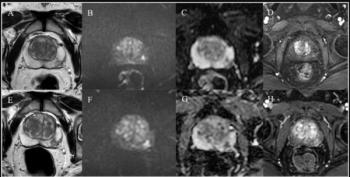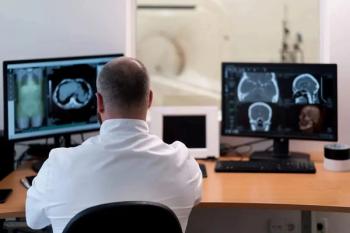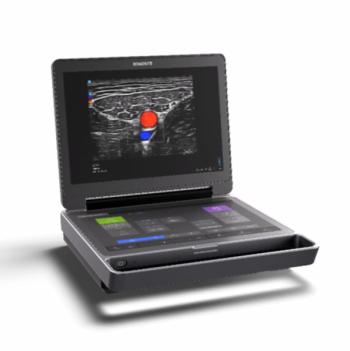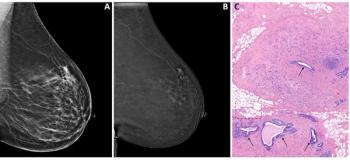
Report from ARRS: Ultralow-dose CT speeds discharge in acute abdominal pain cases
Ultralow-dose CT enables more confident diagnosis in acute nonspecific abdominal pain cases and helps these patients leave the hospital sooner. The technique does a better job than the standard abdominal x-ray series at a comparable radiation dose, according to a new study presented at the American Roentgen Ray Society meeting in Orlando.
Ultralow-dose CT enables more confident diagnosis in acute nonspecific abdominal pain cases and helps these patients leave the hospital sooner. The technique does a better job than the standard abdominal x-ray series at a comparable radiation dose, according to a new study presented at the American Roentgen Ray Society meeting in Orlando.
Some radiology department protocols send patients who present to the emergency room with the common condition of acute nonspecific abdominal pain to receive a three-view series of plain radiographs. But even with these images, it can often be difficult to make a diagnosis. Though CT is better for assessment, the high radiation dose has been an obstacle to utilization.
In a study some ARRS attendees hailed as ground-breaking, researchers at Emory University and Massachusetts General Hospital achieved very good performance on 64-slice CT of the abdomen and pelvis using a mean dose of 2.01 mSv. This is almost 80% lower than the standard CT dose of 10.3 mSv and slightly lower than the 2.54 mSv dose used in a three-view plain-film series, according to reports in the literature.
The study involved 163 consecutive patients who presented to the ER with nonspecific abdominal pain and underwent ultralow-dose CT. Patients were followed for six months. The majority of ultralow-dose CT studies (92%) were of diagnostic quality. A follow-up contrast-enhanced CT scan within 48 hours of the low-dose exam was necessary in 11% of patients.
Dr. Unni Udayasankar of Emory, who presented results, demonstrated cases where confident diagnoses were made in studies using less than a 1-mSv radiation dose.
With ultralow-dose CT, mean hospital stay was 2.4 days and a negative CT paved the way for a same-day discharge of 37.1% of patients. This compares with 3.2 days and 12% of same-day discharges for assessment with the plain-film series.
Ultralow-dose CT boasts sensitivity of 92.8% and negative predictive value of 92.6%, the researchers said.
"Ultralow-dose CT provided valuable information in acute abdominal pain at a very low dose, influenced patient management decisions, and reduced the duration of hospital stay. It should be considered as alternative to radiography," Udayasankar said.
Newsletter
Stay at the forefront of radiology with the Diagnostic Imaging newsletter, delivering the latest news, clinical insights, and imaging advancements for today’s radiologists.






























